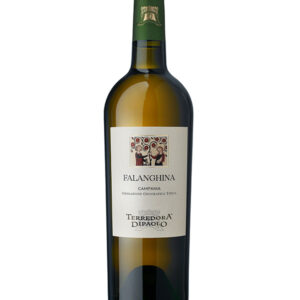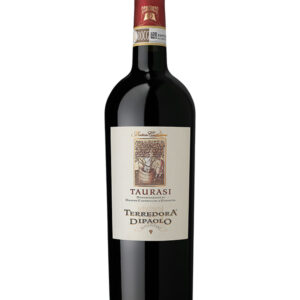Campania
One of Italy’s most prestigious wine regions through the Greek, Etruscan and Roman eras, in modern times Campania is only now reclaiming its place at the top table.
Campania benefits from a perfect confluence of climate, soil and topography. In its southerly latitude it is warm with mild winters. Moist air is carried on westerly winds but falls as precipitation on the hilly ranges closest to the coast, leaving the inland areas drier. Here, altitude and the presence of the southern Appenines ensure significant day/night temperature swings and seasonal temperature variation. As a result, harvests can be some of the latest in Italy, with grapes retaining their acidity, and flavours developing without the fruit over-ripening.
Volcanic activity is the defining character of the soils and topography of Campania. Even away from the volcanic areas, ash, transported by the wind, is a significant presence in the soil of many growing areas. The phylloxera bug cannot tolerate the loose consistency of these soils, meaning much of the Campania vineyard is ungrafted.
Thrilling to the ampelographer, bewildering to the beginner, an extraordinary number of indigenous grapes grow in Campania. This is in part due to phylloxera’s natural antipathy to the region’s soils, and in part due to the long-term economic decline of the region which began after the Roman Empire. For while in post-Phylloxera, post-war Italy, the Italian government encouraged growers to grub up their old vines and replant with more vigorous, commercially-viable varietals such as Sangiovese, most growers in Campania lacked the resources to do this and, furthermore, vineyards had been abandoned due to economic migration away from the region.
This is all to our benefit, and it is where the Mastroberardini family, founding owners of the Terredora winery enter. After the war, Antonio Mastroberardino and his brothers chose to replant their vineyards with native varietals, and worked hard to promote their wines within Italy and beyond. In 1970, thanks largely to their efforts, Taurasi gained its DOC.
Showing all 5 results
-

‘Aglianico’ Campania IGT 2018 by Terredora
£9.40 – £16.45 -

‘Falanghina’ Campania IGT 2018 by Terredora
£16.45 -

‘Fatica Contadina’ Taurasi DOCG 2015 by Terredora
£16.60 – £425.00 -

‘Loggia della Sera’ Greco di Tufo DOCG 2018 by Terredora
£10.20 – £18.95 -

‘Terre di Dora’ Fiano di Avellino DOCG 2021 by Terredora
£11.20 – £22.45
